Types de racleurs siffleurs
Piping pigs are tools used in pipelines for cleaning, maintenance, inspection, and separation of different products within the same pipeline. These devices travel through the pipeline, driven by the pressure of the product flow itself or another pushing medium. Here’s an overview of the key types of piping pigs commonly used in various industries, particularly in oil and gas:
Cochons d’écume
Manufacturers produce foam pigs from flexible, open-cell polyurethane foam, available in soft, medium, or hard densities. These lightweight pigs easily navigate tight bends and changes in diameter. Operators primarily use them for drying, wiping, and sweeping debris from pipelines. To enhance their cleaning effectiveness, manufacturers can coat them with abrasives or attach wire brushes.
Racleurs de mandrin en acier
Steel mandrel pigs feature a steel body (mandrel) and come equipped with replaceable sealing and cleaning elements such as brushes or scraper blades. Operators use these robust pigs for heavy-duty cleaning tasks, including wax, scale, and other deposit removals. They can also include magnets to collect metallic debris.
Racleurs en fonte solide
Manufacturers create solid cast pigs from polyurethane or other elastomers in a single piece. Though less flexible than foam pigs, they provide good sealing capabilities and are effective for medium-level cleaning, batching, and displacement tasks. Operators can also use them for light scraping.
Spherical Pigs
Spherical pigs, simple and round, consist of an elastomeric material. They serve purposes like liquid removal, product separation, and light cleaning. Their shape facilitates easy passage through bends and varying pipeline diameters, although their cleaning capability is generally lower than other pig types.
Porcs bidirectionnels
Bi-directional pigs can travel in either direction within the pipeline. They feature dual sets of sealing discs or cups, making them effective no matter the travel direction. This versatility proves beneficial in looped pipeline systems or when reversing the flow is necessary.
Cochons de brosse
Brush pigs come equipped with brushes made from wire, nylon, or other materials. Operators use these pigs to remove dirt, mill scale, and other residues from pipeline walls. They can configure the brushes to suit different pipeline surfaces and types of debris.
Applications of Piping Pigs
Piping pigs are crucial in pipeline maintenance and operation across various industries. Here are their primary applications:
1. Pipeline Cleaning: Piping pigs clear out debris, scale, and deposits inside the pipeline. This action ensures the pipeline remains efficient and minimizes the risk of blockages.
2. Inspection and Maintenance: Intelligent pigs carry sensors that detect cracks, corrosion, and other structural issues. Operators use this data to prevent leaks and ensure pipeline integrity.
3. Product Separation: Pigs separate different batches of product flowing through the same pipeline. This separation prevents cross-contamination and maintains product purity.
4. Drying and Wiping: Foam pigs absorb moisture and clean the pipeline during maintenance shutdowns or after hydrotesting. Their use speeds up the drying process, allowing for quicker pipeline recommissioning.
5. Coating Applications: Some pigs apply protective coatings inside the pipeline. These coatings help prevent corrosion and extend the pipeline’s life.
6. Displacement: Pigs push residual product out of the pipeline at the end of a transfer process. This displacement reduces waste and maximizes product recovery.
7. Batching Operations: Pigs manage the flow of different liquids through sections of a pipeline system. They ensure sequential handling without mixing.
Each application of piping pigs enhances pipeline safety, efficiency, and longevity, making them indispensable tools in modern pipeline operations.
Rapport d’essai de polyuréthane | ||||
| NON. | PROJET D’ESSAI | UNITÉ | RAPPORT DE TEST | MÉTHODE D’ESSAI |
| 1 | Dureté Shore | Rivage A | 83 | GB/T 531.1-2008 |
| 2 | Abrasion DIN | mm3 | 21 | GB/T 53516-1987 |
| 3 | Abrasion d’Akron | Cm3 | 0.0518 | GB/T 1689-1998 |
| 4 | Contrainte de 100 % à l’allongement défini | Mpa | 3.41 | GB/T 528-2009 |
| 5 | Contrainte de 300 % à l’allongement défini | Mpa | 5.74 | GB/T 528-2009 |
| 6 | Traction | Mpa | 51.2 | GB/T 528-2009 |
| 7 | Allongement à la rupture | % | 1263 | GB/T 528-2009 |
| 8 | Résistance à la déchirure (angle droit) | kN/m | 77 | GB/T 529-2008 |
| 9 | Taux de résilience | % | 34 | GB/T 1681-2009 |
Foam Pig Datasheet
| Nom | Customized Foam Pig | ||||
| Matériel | Polyuréthane | ||||
| Densité lumineuse | 0.02-0.3g/m3 | ||||
| Densité moyenne | 0.08-0.12g/m3 | ||||
| Forte densité | 0.13-0.16g/m3 | ||||
| Caractéristique | 1. Haute résistance à l’usure | ||||
| 2. Bonne performance de nettoyage | |||||
| 3. Faible coût | |||||
| Paiement | TT/LC | ||||
| Avantage | 1. Ils sont légers et flexibles. | ||||
| 2. Belle efficacité de nettoyage. | |||||
| 3. Suivi précis de la localisation. | |||||
Conclusion Part
In conclusion, piping pigs prove indispensable for efficient pipeline management. Initially, they enhance cleaning processes, ensuring pipelines operate without disruptions. Furthermore, they play a pivotal role in inspection and maintenance, helping to detect and mitigate potential hazards early. Additionally, they facilitate product separation, which is crucial for maintaining product integrity across various industries.
Moreover, these tools aid in drying and wiping operations, significantly speeding up maintenance timelines. They also apply protective coatings, which are crucial for extending the lifespan of pipelines. Notably, pigs optimize product displacement, minimizing waste and enhancing economic efficiency. Lastly, their role in batching operations ensures the smooth and efficient handling of different liquids within pipeline systems.
Overall, the multifaceted applications of piping pigs underline their vital role in safeguarding and optimizing pipeline operations, making them a key asset in the industry.


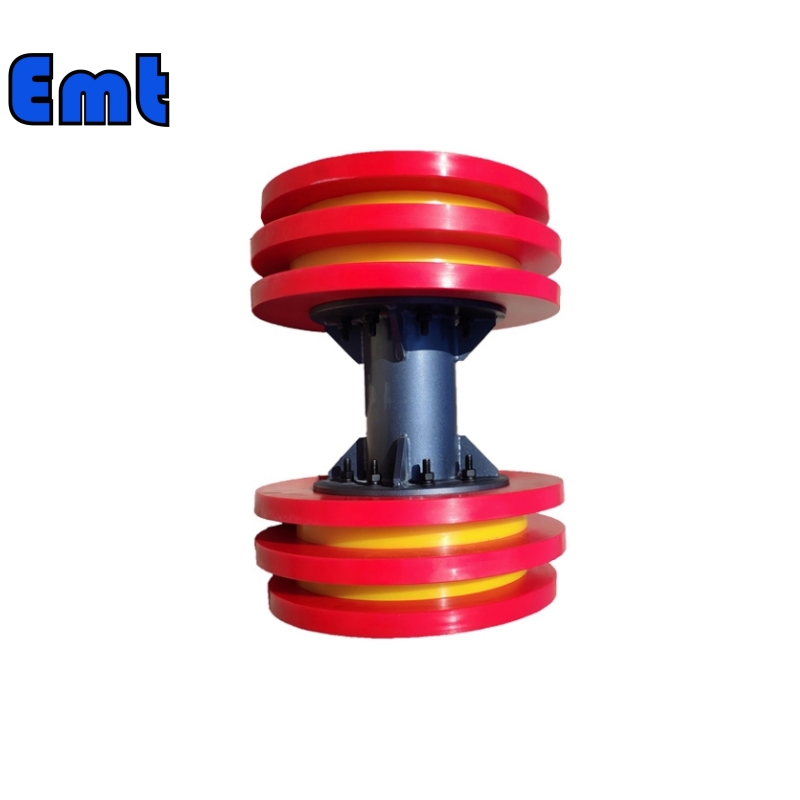
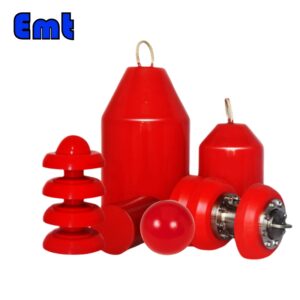
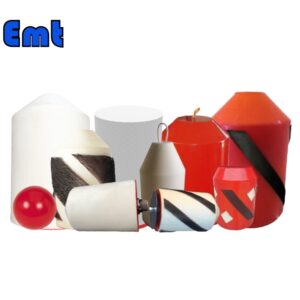
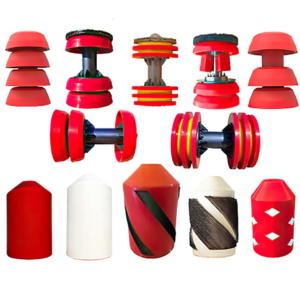

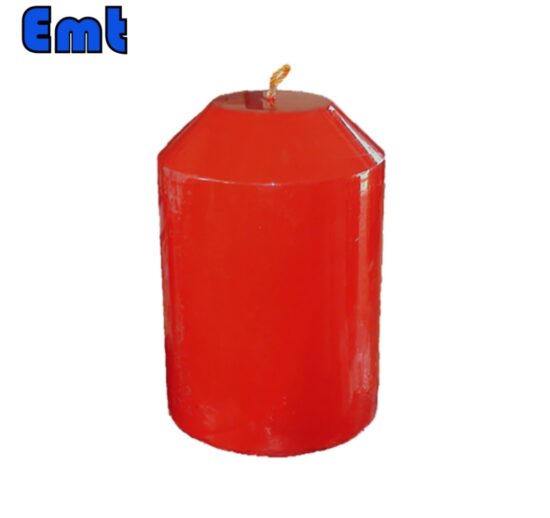
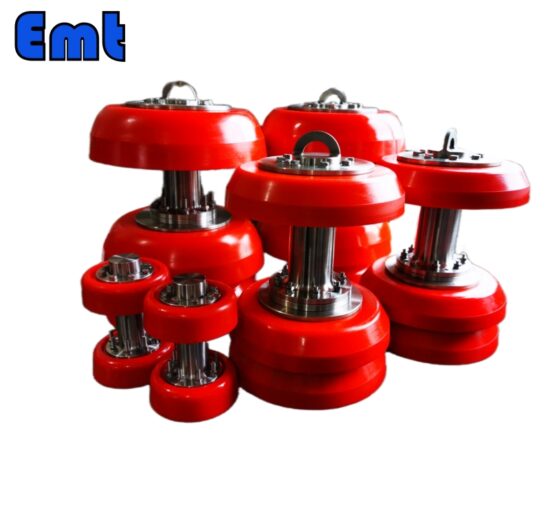
Il n’y a pas encore d’avis.